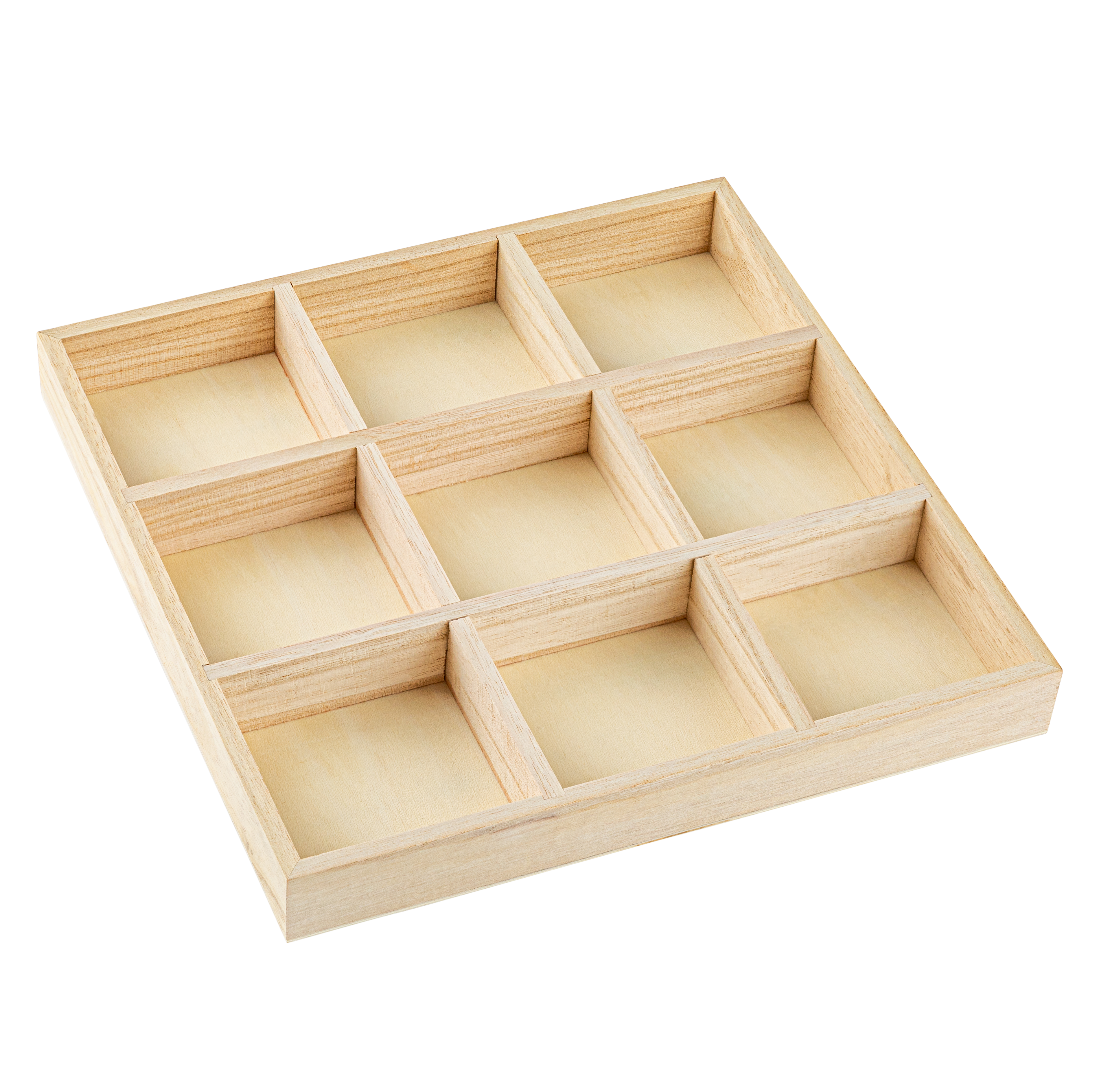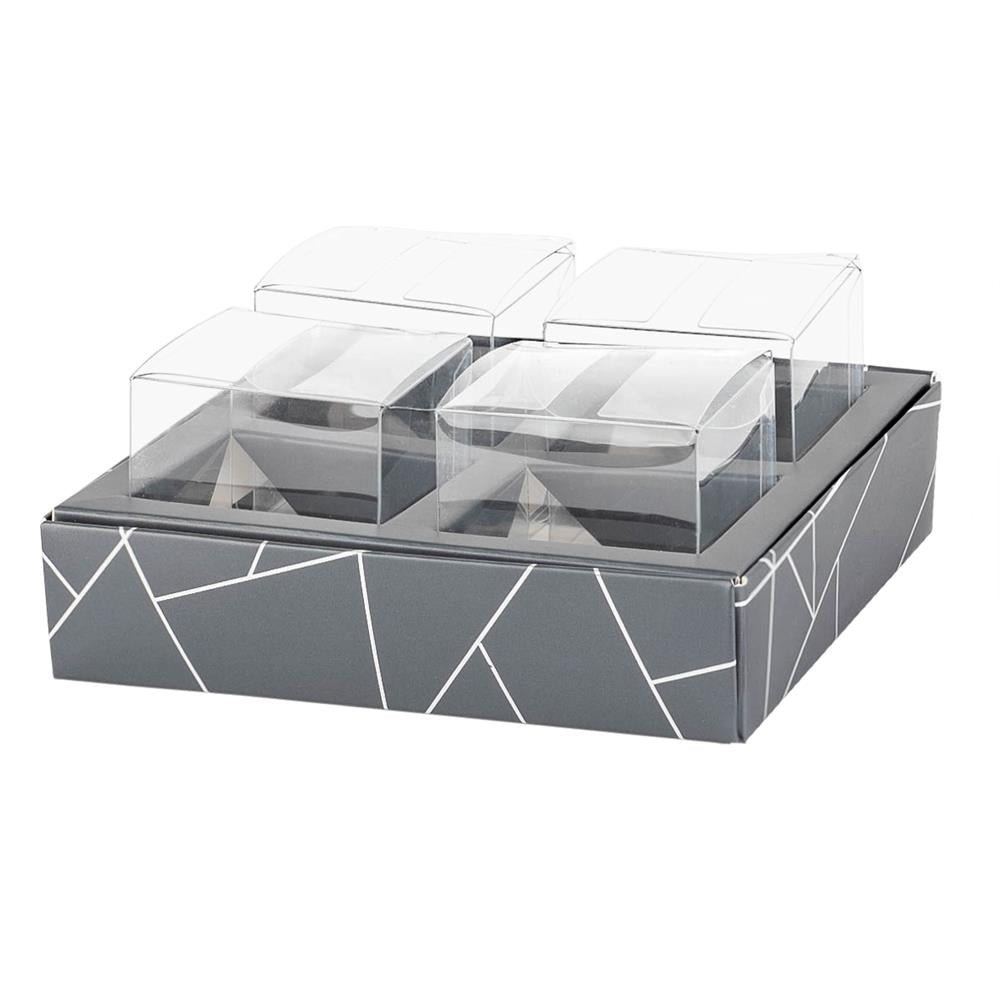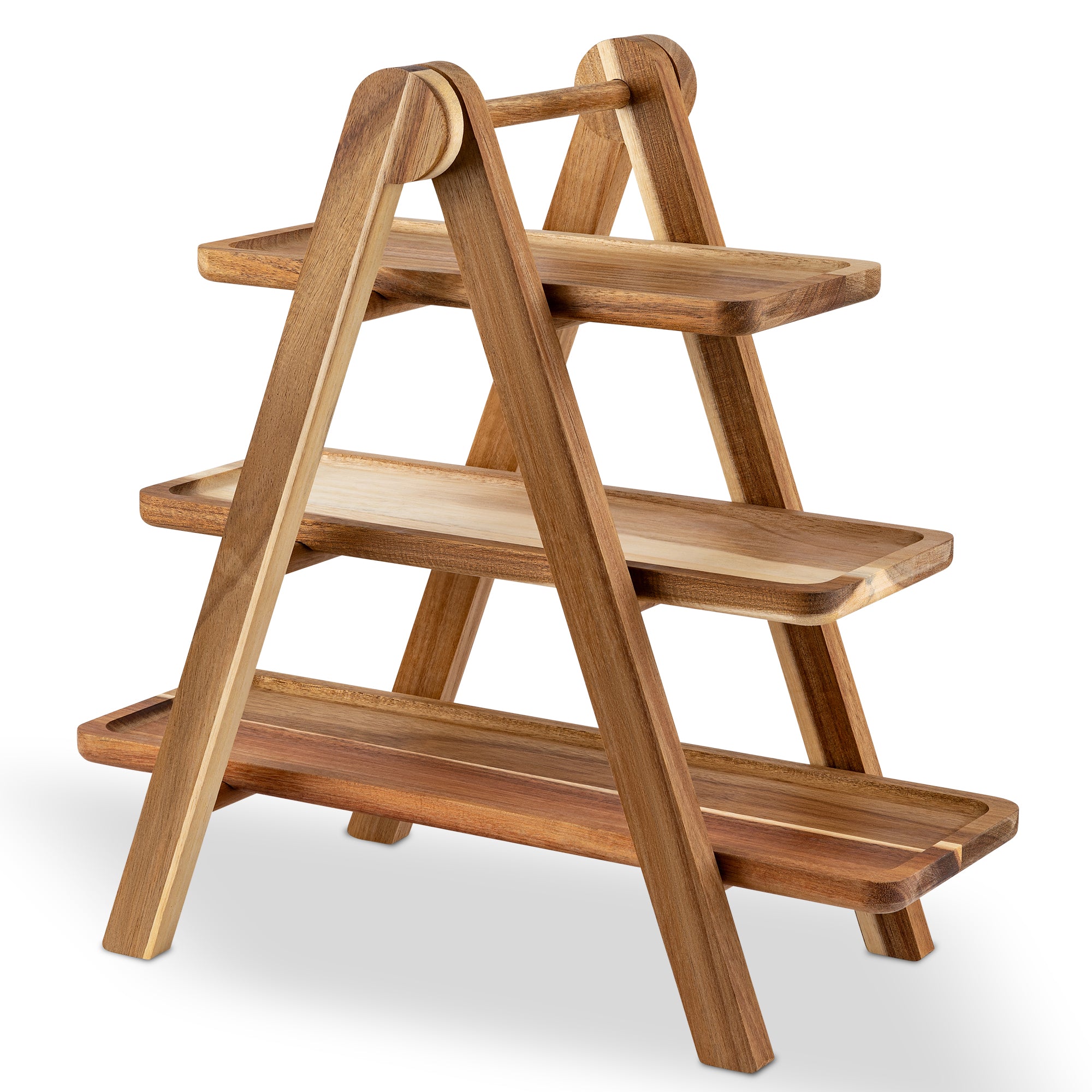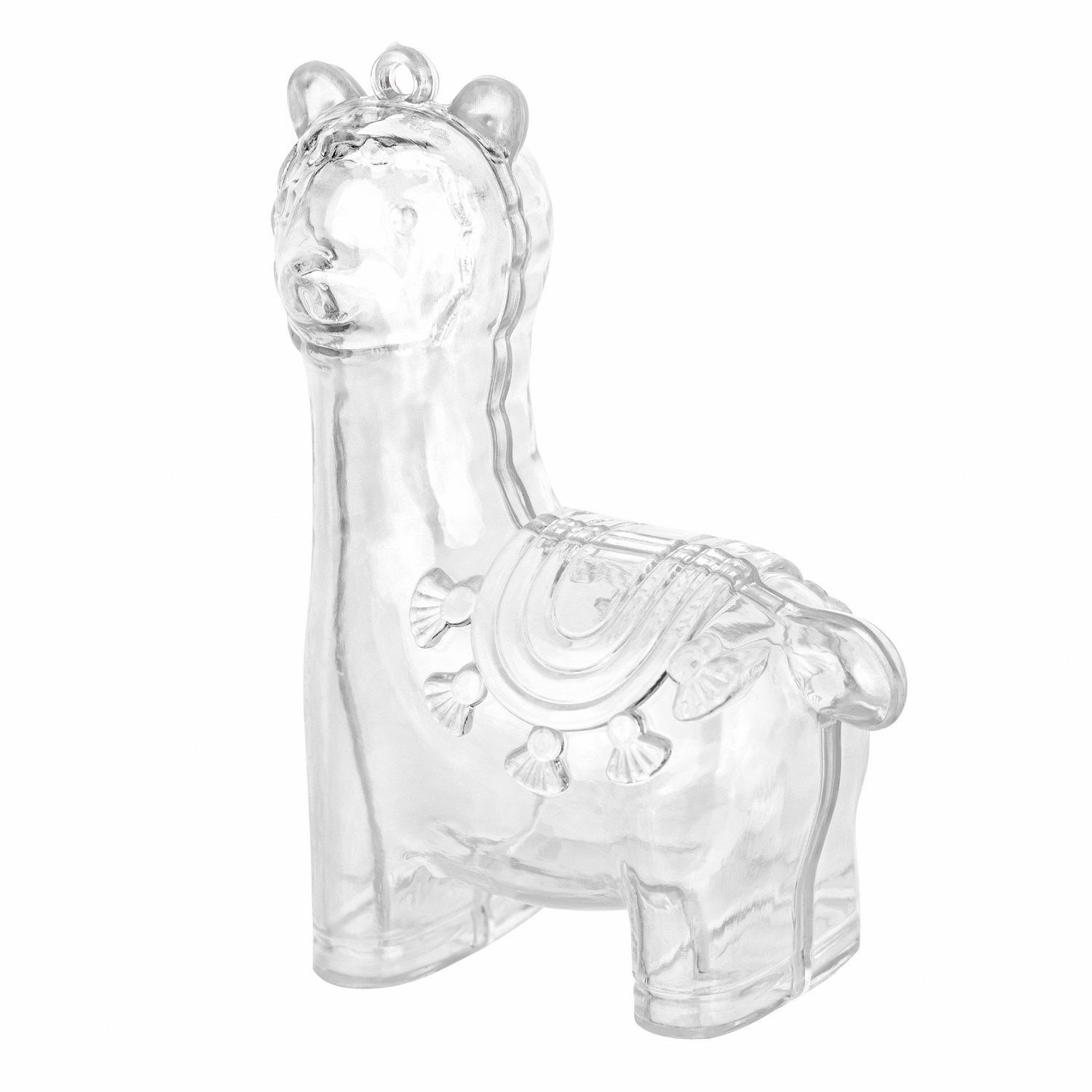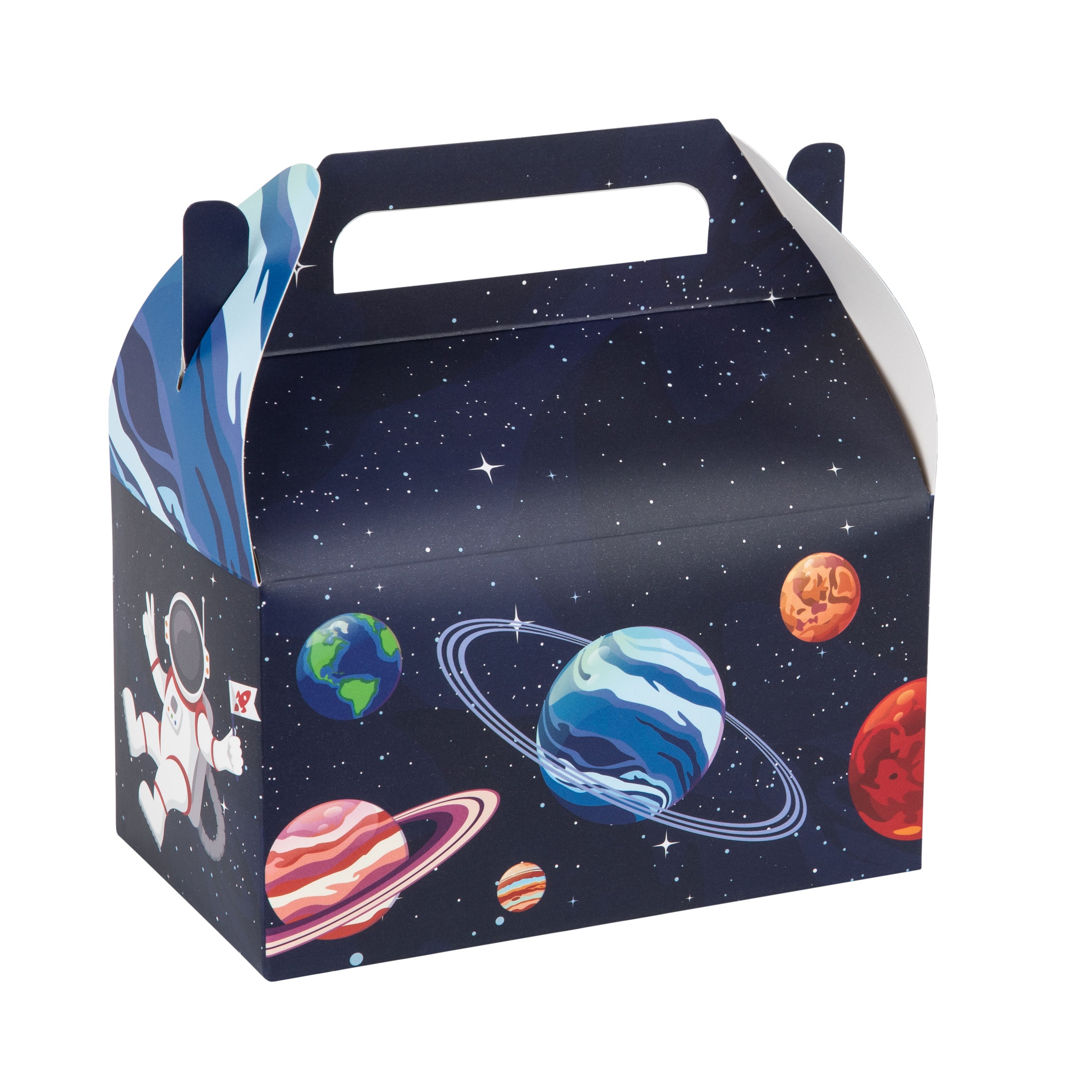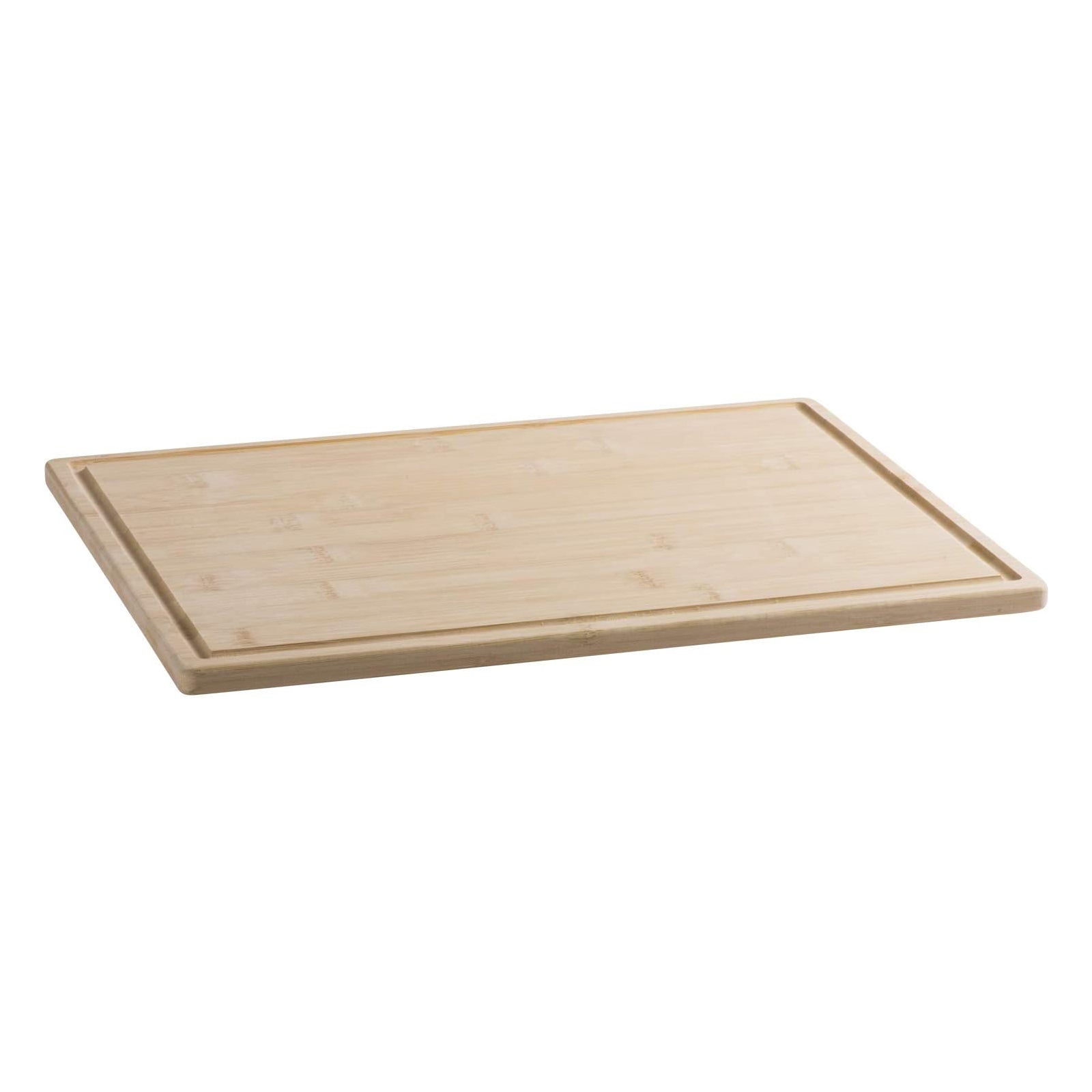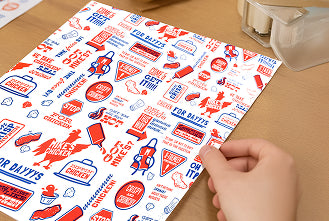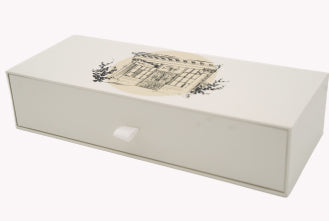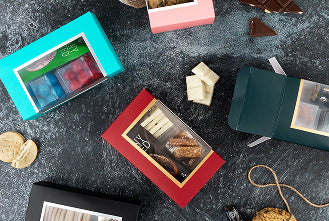You’ve likely encountered the non-woven bag vs paper bag vs plastic bag debate in the grocery store. But when it comes to gift bags, both non-woven bags and paper bags can have a place! This is especially true if you care about the environment or your recipient is going more eco-friendly as of late.
But what exactly is the difference between these two? And when should you consider one over the other? In this article, we take a closer look!
What Is the Difference Between Non-Woven and Paper Bags?
At first glance, these eco-friendly alternatives might seem similar. But they offer distinct advantages for different gift-giving scenarios. Non-woven bags are crafted from spun polypropylene fibers that are pressed together rather than woven. And this creates a durable, fabric-like material that resembles cloth. They’re lightweight yet surprisingly strong, resistant to moisture, and can be reused numerous times before showing signs of wear.
Paper bags, on the other hand, are made from processed wood pulp, giving them that familiar crisp feel we’ve known for generations. They offer a more traditional appearance and that satisfying rustle when recipients unwrap their gifts.
At the same time, the texture difference is immediately noticeable—non-woven bags have a soft, slightly fuzzy feel similar to fabric. In contrast, paper bags present a smooth or textured surface depending on their finish. This difference affects how they look, how they can be decorated, and whether they can be personalized or not.
For instance, paper bags are ultra-easy to customize. Anyone can add detailed printing or embellishments. Yet, non-woven materials aren’t as easy; they tend to shine by showing off their unique texture or existing design.
Which Bag Works Best Where?
Choosing between non-woven and paper bags is ultimately a personal decision. It may depend on what occasion the bag is for or what kind of impression you’re aiming to make.
Non-woven bags tend to shine in situations where durability matters most—such as heavier gifts, items with sharp edges, or when you suspect your recipient is likely to repurpose the bag for future use.

Paper bags, however, may matter more when you’re particularly concerned about your gift’s presentation. They’re often the go-to choice for upscale and high-end gifts where that first impression needs to convey sophistication and attention to detail. Plus, their crisp structure holds shape well and allows them to stand up effortlessly (which is something not all non-woven bags will be able to do!).
With paper bags, you can also add ribbon handles to fit the occasion. Meanwhile, for non-woven bags, this presentation may be best for casual celebrations, corporate events and giveaways, or even craft fairs. Non-woven bags are best when practicality is appreciated!
At the same time, and as mentioned above, eco-conscious gift givers may appreciate a bag they can reuse. For instance, if your recipient regularly shops at farmers’ markets, a non-woven bag might fit the bill better than a paper bag (which may not hold up under the weight of fresh fruits and veggies).
What Are the Disadvantages of Non-Woven Bags?
While non-woven bags have their place, they do have a few downsides. Some things you may want to keep in mind include:
-
Non-woven bags are not biodegradable.
-
They still contribute to microplastic pollution.
-
They are usually made from synthetic dyes and chemicals.
-
They may not be recyclable (but they can be reused!).
What Are the Disadvantages of Paper Bags?
While paper bags offer that classic, eco-friendly appeal, they come with their own set of limitations. Some drawbacks to keep in mind include:
-
Paper bags have significantly lower durability and can tear easily when holding heavier items.
-
They’re vulnerable to moisture and can quickly lose structural integrity when wet.
-
They typically can only be reused a few times before showing significant wear and tear.
-
While biodegradable, paper bags decompose slowly in landfills without proper composting conditions.
-
The paper industry contributes to deforestation when not sourced from sustainable forestry practices.
| Feature | Non-Woven Bag | Paper Bag |
|---|---|---|
| Material | Made from spun polypropylene fibers; fabric-like texture | Made from processed wood pulp; smooth or textured paper |
| Durability | High – strong, tear-resistant, reusable many times | Lower – prone to tearing, especially with heavier items |
| Moisture Resistance | Resistant to moisture | Easily damaged by moisture |
| Reusability | Can be reused many times without major wear | Limited reuse before wear and tear |
| Eco-Friendliness | Not biodegradable, may contain microplastics, but reusable | Biodegradable, recyclable, but not durable |
| Customization | More difficult to print or embellish | Easy to customize with prints, ribbons, tags |
| Best Use Cases | Heavier gifts, outdoor events, corporate giveaways, reusable shopping | Elegant gifts, upscale events, when presentation matters |
| Presentation | Casual, practical look | Clean, crisp, refined aesthetic |
| Personalization Options | Limited due to texture and dye process | Extensive – print, emboss, add handles or tags |
| Cost Efficiency | Cost-effective for bulk or promotional use | Can range from low to premium depending on quality |
Other Things To Consider
Beyond durability, presentation, and eco-friendliness, there are a few other aspects you might want to consider before choosing between non-woven and paper gift bags. These include:
-
Is the event outdoors or indoors? (Non-woven bags may work best for outdoors!)
-
How heavy is the gift? (If you’re gifting something on the heavier side—like books, candles, or glass—non-woven bags offer better strength and tear resistance.)
-
Do you want the bag to be part of the gift? (If so, non-woven may be best again!)
-
Is personalization or customization important to you? (If yes, this will definitely call for a paper bag over a non-woven bag.)
At the end of the day, consider your and the recipient’s needs and, of course, the occasion. Often, the answer to whether you should use a non-woven bag vs a paper bag comes down to your specific situation.

